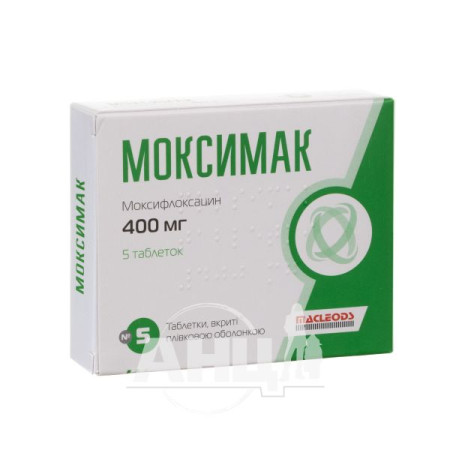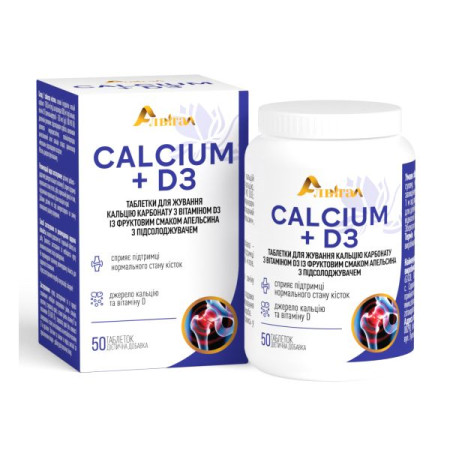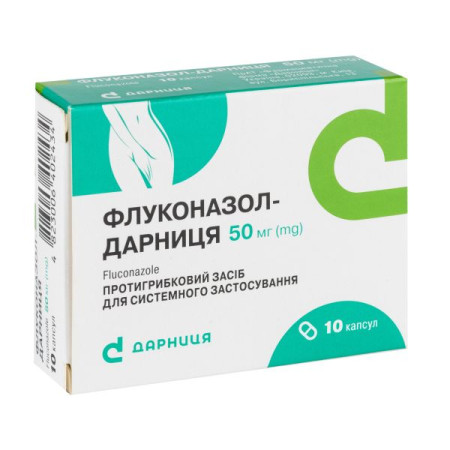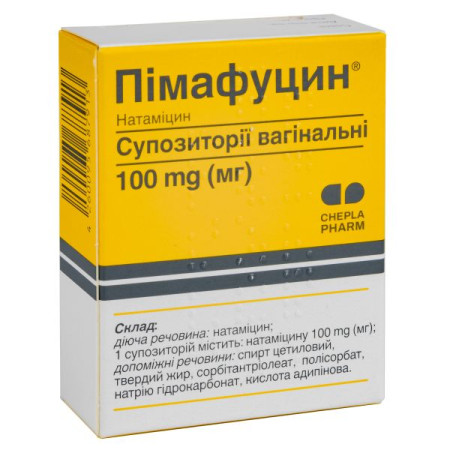Sultsef powder for solution for injection 1 g + 1 g vial No. 1
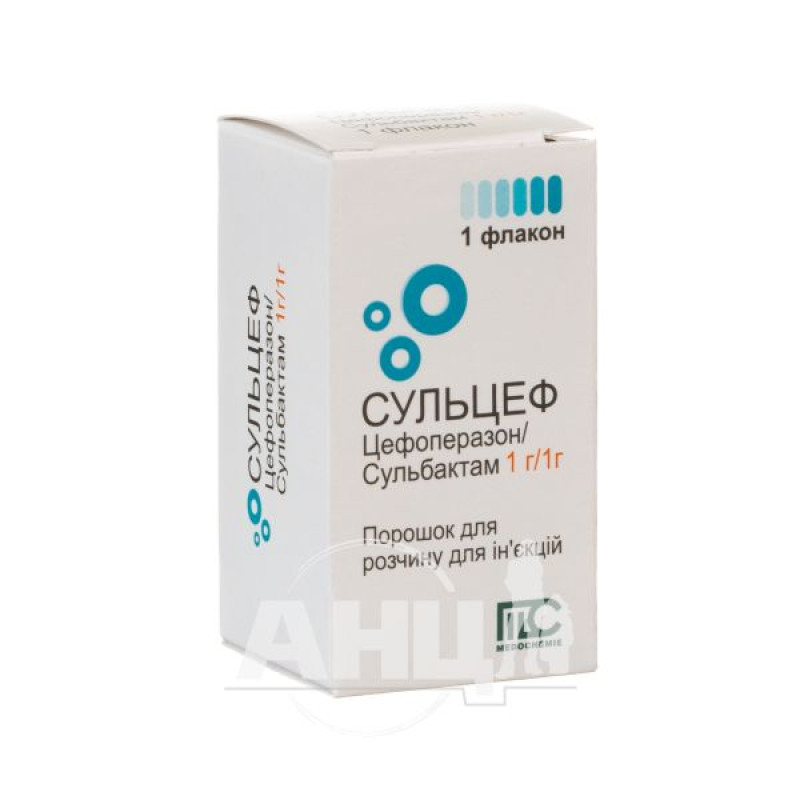
Sultsef powder for solution for injection is indicated for the treatment of infections caused by microorganisms sensitive to the drug:
respiratory tract infections (upper and lower); urinary tract infections (upper and lower); peritonitis, cholecystitis, cholangitis and other abdominal infections; septicemia; meningitis; skin and soft tissue infections; bone and joint infections; pelvic inflammatory disease, endometritis, gonorrhea and other genital infections.Composition
Active ingredients: sulbactam and cefoperazone;
1 vial contains cefoperazone sodium equivalent to cefoperazone 1 g and sulbactam sodium equivalent to sulbactam 1 g;
Excipients: none.
Contraindication
Contraindicated in patients allergic to penicillin, sulbactam, cefoperazone, or any cephalosporin.
Method of administration and doses
Before using the drug, a skin test for tolerance must be performed.
Use in adults. The standard adult dose is 2 to 4 g per day (i.e. 1 to 2 g of cefoperazone per day), intravenously or intramuscularly, in equivalent divided doses every 12 hours.
In severe or refractory infections, the daily dose may be increased to 8 g (i.e., 4 g cefoperazone), administered in equally divided doses every 12 hours. The recommended maximum daily dose of sulbactam is 4 g (8 g of the drug).
Application features
Pregnant women
Treatment of pregnant women should only be carried out when the benefit to the mother outweighs the potential risk to the fetus.
Children
The drug can be used in children.
Drivers
Impact unlikely.
Overdose
Information on the acute toxicity of cefoperazone sodium and sulbactam sodium in humans is insufficient. Overdose of the drug may cause manifestations that represent increased side effects. It should be taken into account that high concentrations of beta-lactam antibiotics in the cerebrospinal fluid can cause neurological reactions, including convulsions. Since cefoperazone and sulbactam are removed from the circulatory system by hemodialysis, this procedure may enhance the elimination of the drug from the body in case of overdose in patients with impaired renal function.
Adverse reactions
Sulbactam/cefoperazone is generally well tolerated. Most adverse reactions are mild or moderate in severity and have a favorable course with long-term treatment.
Interaction
Aminoglycosides. Mixing the drug with aminoglycosides in the same syringe leads to mutual inactivation; if these groups of antibacterial agents must be used simultaneously, they should be administered at different sites with an interval of 1 hour. Increases the risk of nephrotoxicity of aminoglycosides, furosemide.
Bacteriostatic drugs (chloramphenicol, erythromycin, sulfonamides, tetracycline) reduce the activity of the drug.
Probenecid reduces the tubular secretion of sulbactam; this results in an increase in their plasma concentration and half-life of the drugs and an increased risk of intoxication. Increases the risk of bleeding when used with nonsteroidal anti-inflammatory drugs.
Alcohol. When drinking alcohol during the course of treatment and within 5 days after treatment with cefoperazone, reactions such as facial flushing, sweating, headache, tachycardia were observed. Similar reactions have been observed with the use of other cephalosporins. Patients should be careful when drinking alcoholic beverages while using the drug. When using artificial nutrition (oral or parenteral), solutions containing ethanol should not be used.
Storage conditions
Store at a temperature not exceeding 25 °C in the original packaging, out of the reach of children.
Diluted solutions are suitable for use when stored at 2° - 8°C.
Shelf life - 2 years.
There are no reviews for this product.
There are no reviews for this product, be the first to leave your review.
No questions about this product, be the first and ask your question.








